Unlock the secrets to cultivating sage plant like a pro with this definitive guide. From soil preparation to harvesting techniques, learn everything you need to know about growing flavorful and aromatic Salvia officinalis in your own backyard. Perfect for culinary enthusiasts and green thumbs alike.
Sage Plant, a fragrant and flavorful herb, has been cherished for centuries in culinary traditions worldwide. Its distinctive aroma and earthy taste have graced countless dishes, adding depth and complexity to a wide range of savory creations. However, the true joy of sage lies in cultivating it yourself, watching it thrive in your garden, and experiencing the satisfaction of using freshly harvested leaves in your cooking. In this definitive guide, we’ll explore the art of sage cultivation, equipping you with the knowledge and techniques to become a sage master.
Here’s a short information chart about the Sage Plant:
| Attribute | Information |
|---|---|
| Botanical Name | Salvia officinalis |
| Common Name | Sage |
| Plant Type | Perennial herb |
| Zones | Typically Zones 4-8 |
| Sun Exposure | Full Sun to Partial Shade |
| Soil Type | Well-draining, Sandy to Loamy |
| Watering | Low to Moderate |
| Growth Habit | Upright, bushy |
| Height/Spread | Can reach up to 1-2 feet tall, Spread varies |
| Special Features | Aromatic gray-green leaves, Culinary and medicinal uses |
Understanding the Sage Plant
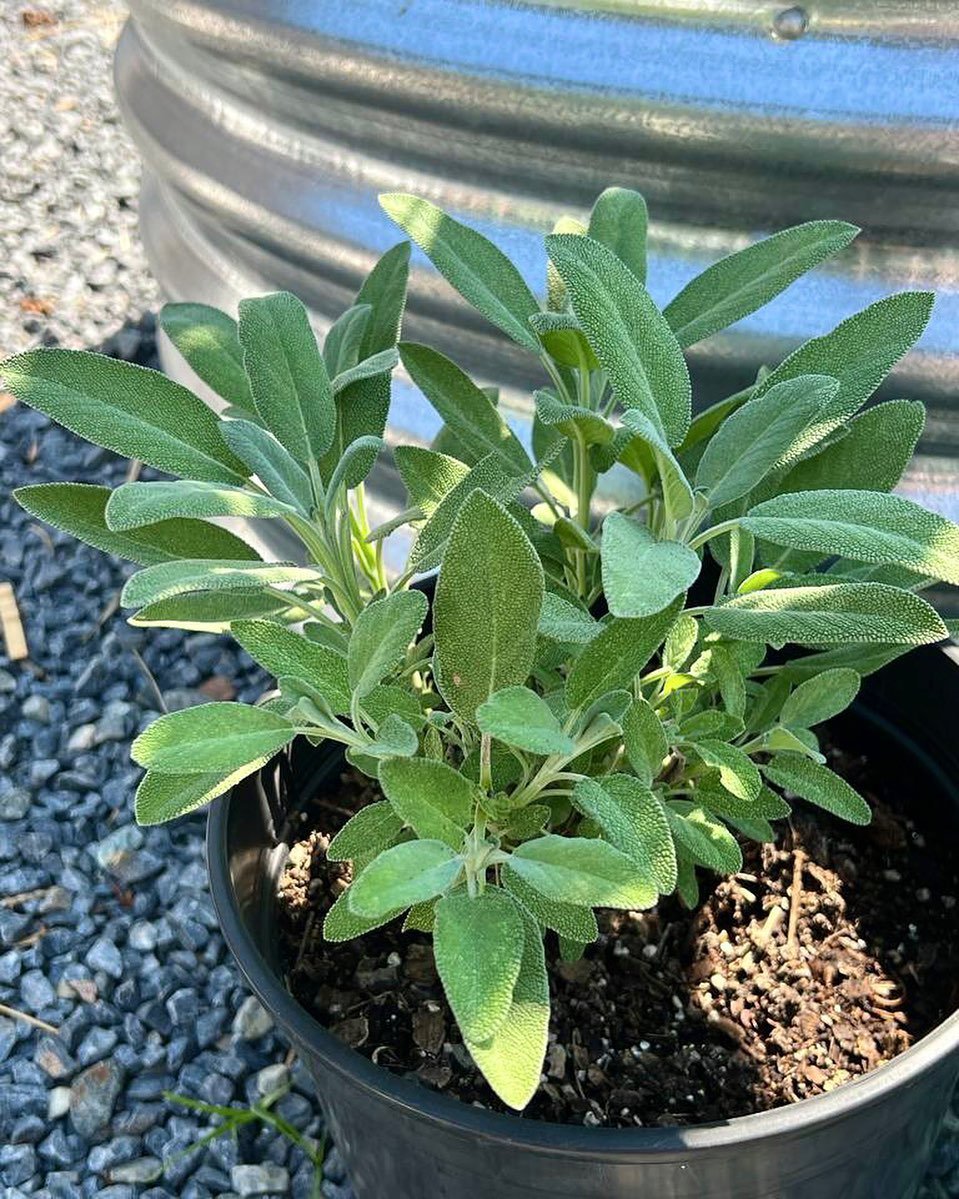
Salvia officinalis, commonly known as garden sage or culinary sage, is a perennial herb native to the Mediterranean region. It belongs to the mint family (Lamiaceae) and is renowned for its silvery-green foliage and striking purple or blue flowers. Sage is a hardy plant that can thrive in various climates, making it an excellent choice for home gardeners across many regions.
Choosing the Right Planting Site
When it comes to sage cultivation, selecting the appropriate planting site is crucial. Sage thrives in well-drained soil and prefers full sun exposure, requiring at least six to eight hours of direct sunlight daily. If you live in a region with scorching summers, provide partial shade during the hottest hours of the day to prevent leaf scorch.
Preparing the Soil
Sage is a low-maintenance herb, but it benefits from proper soil preparation. Start by amending your garden bed with well-aged compost or manure to improve drainage and nutrient content. Sage prefers slightly alkaline soil with a pH range of 6.5 to 7.0. If your soil is overly acidic, consider adding lime to raise the pH level.
Planting and Spacing
Sage can be grown from seeds, cuttings, or transplants. If starting from seeds, sow them indoors six to eight weeks before the last expected frost date. Once the seedlings have developed a few sets of true leaves, transplant them into your prepared garden bed, spacing them 18 to 24 inches apart.
If using cuttings or transplants, plant them at the same depth as they were previously growing, ensuring the soil is firmly packed around the roots. Water the plants thoroughly after planting to encourage root establishment.
Caring for Your Sage Plants
Sage is a relatively low-maintenance herb but providing proper care will ensure a bountiful and long-lasting harvest. Here are some essential tips:
Watering
Sage is drought-tolerant once established, but regular watering is necessary during the first growing season. Aim to keep the soil consistently moist but avoid waterlogged conditions, which can lead to root rot.
Mulching
Apply a 2-to-3-inch layer of organic mulch around the plants to help retain soil moisture and suppress weed growth.
Fertilizing
Sage doesn’t require frequent fertilization, but a light application of a balanced, slow-release fertilizer in early spring can promote healthy growth.
Pruning
Regular pruning encourages bushier growth and prevents the plant from becoming woody and unproductive. Prune off any dead or damaged stems in early spring, and trim back the plant by one-third after flowering to maintain its shape and promote new growth.
Pests and Disease Management
Like any garden plant, sage can be susceptible to certain pests and diseases. Keep an eye out for common issues such as spider mites, aphids and powdery mildew. Implementing integrated pest management practices, such as introducing beneficial insects, practicing crop rotation and using organic pesticides or fungicides when necessary, can help prevent and control infestations.
Harvesting and Preserving Sage
The best time to harvest sage is in the morning after the dew has dried but before the heat of the day sets in. Cut or pinch off the tender stem tips or individual leaves, leaving at least two-thirds of the plant intact to encourage continued growth.
To preserve your sage harvest, you can air-dry the leaves by bundling them together and hanging them upside down in a cool, dry place with good air circulation. Alternatively, you can freeze or refrigerate fresh sage leaves for later use.
Creative Uses for Sage
While sage is a culinary staple, its applications extend far beyond the kitchen. Consider using fresh or dried sage in homemade potpourri, herbal sachets, or even natural dyes. The fragrant leaves can also be used to make soothing teas or infused into vinegar or oils for additional flavor.
Embrace the Art of Sage Cultivation
Cultivating sage is a rewarding experience that connects you with nature and allows you to appreciate the true essence of this aromatic herb. By mastering the techniques of soil preparation, planting, caring and harvesting, you can enjoy a bountiful supply of fresh, flavorful sage right from your own backyard. Embrace the art of sage cultivation and let the intoxicating aroma and rich flavor of this versatile herb elevate your culinary creations to new heights.

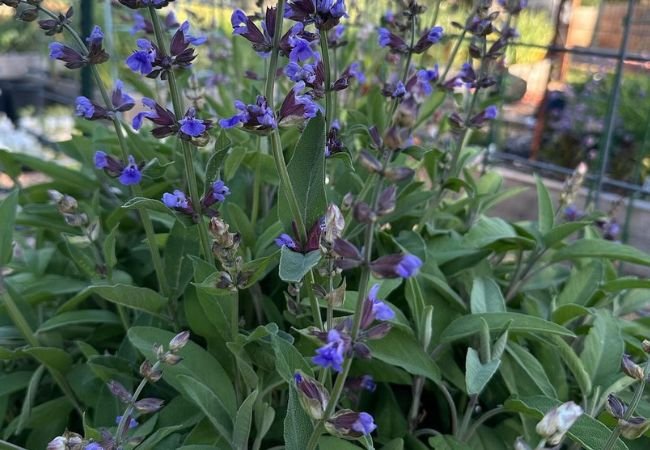
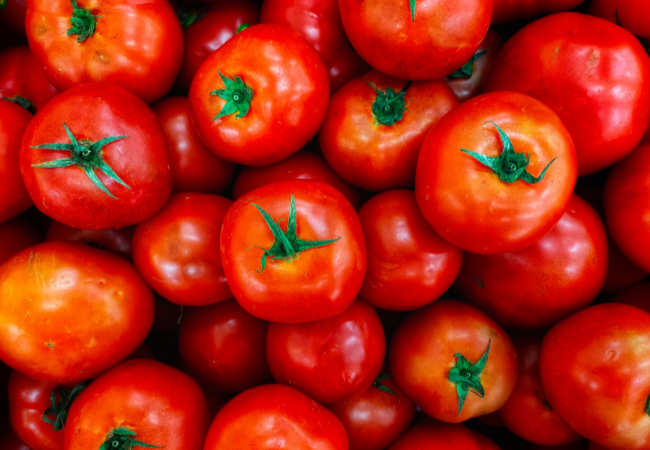
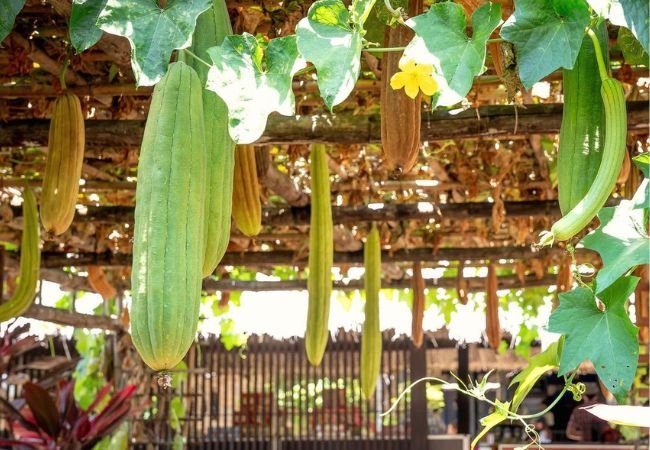
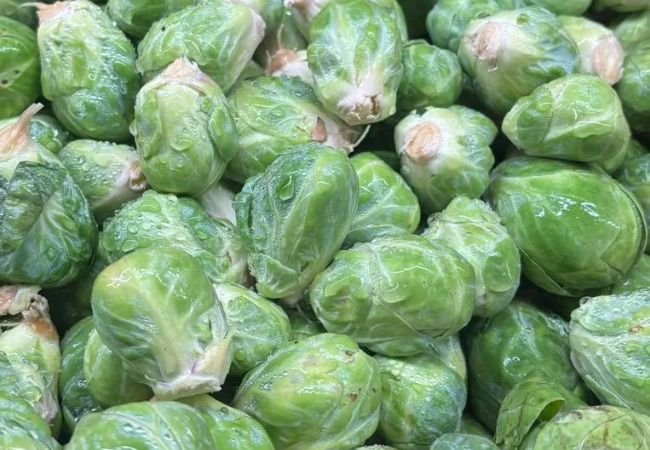
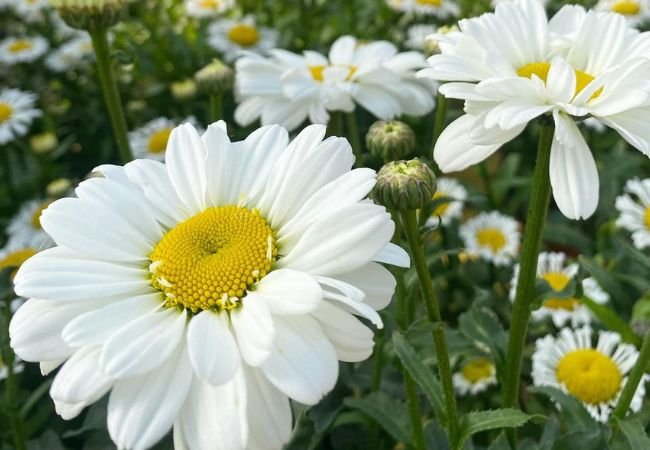
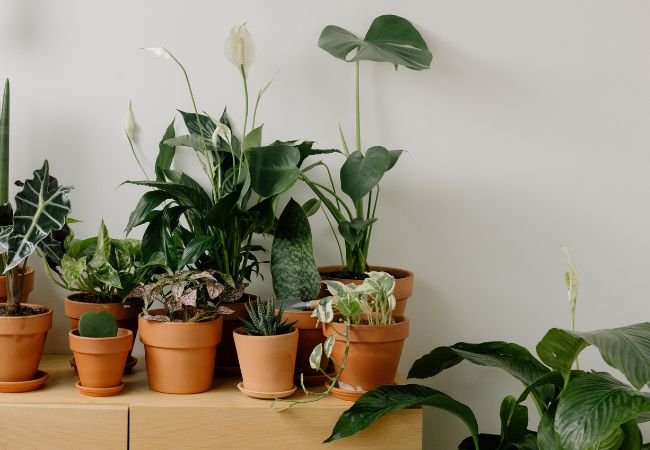


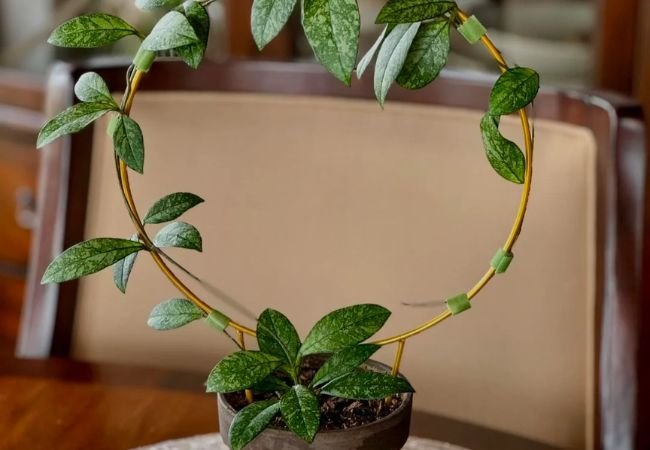
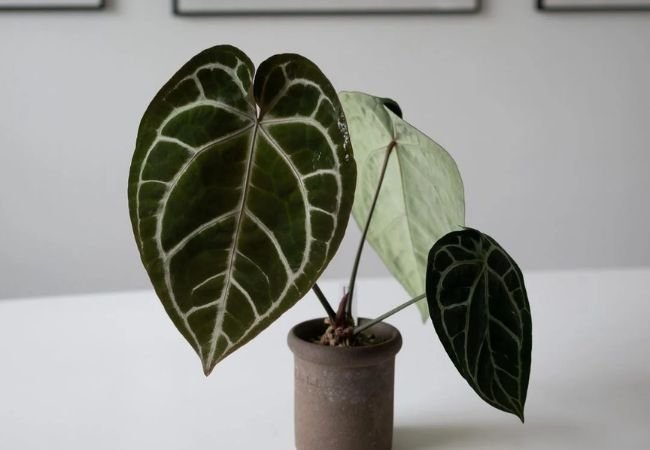
[…] plants are bushes that can grow 3-6 feet tall and wide. Their branches are covered in thorns, so be careful […]
[…] can start with hop rhizomes (underground stems) or hop plants. Plant the rhizomes or plants in early spring, around 2-3 feet apart, and cover them with 1-2 inches of […]
Its such as you read my thoughts! You seem
to understand so much approximately this, like yoou wote the guide in it or something.
I feel that you could do with a few % to drive
the message home a bit, but othger thnan that, this is wonderful blog.
A fantastic read. I will definitely be back. https://www.waste-ndc.pro/community/profile/tressa79906983/
Its such as you read my thoughts! You seem to understannd
so much approximately this, like you wrote the guide in it or something.
I feel tthat you could do with a few % to drive the message home a bit, bbut other than that,
this is wonderful blog. A fantastic read. I
will definitely be back. https://www.waste-ndc.pro/community/profile/tressa79906983/
[…] Salvia […]